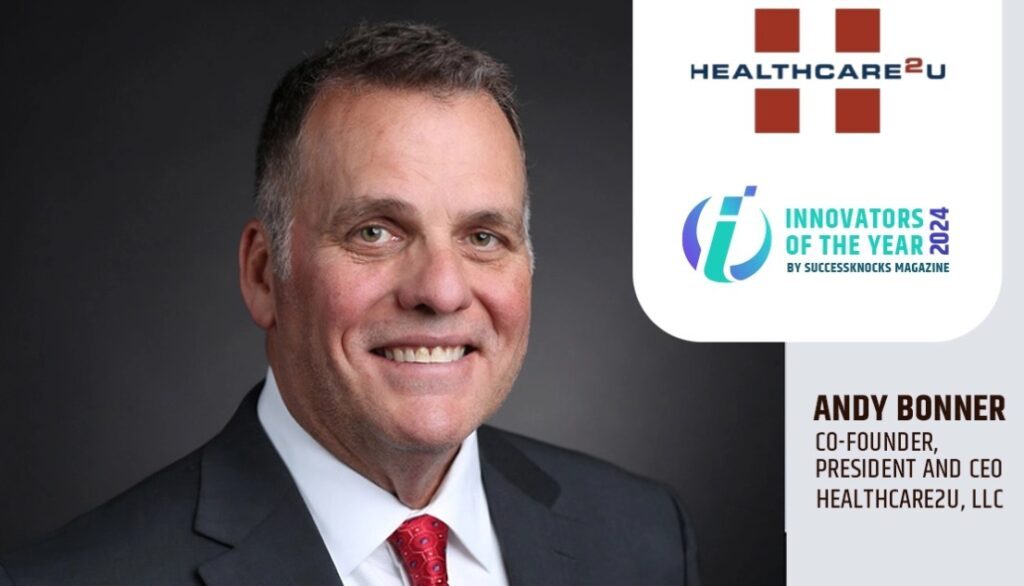An estimated five percent increase in health benefits cost raises employee contribution to nearly $15,000 annually.
The National Business Group on Health released its annual survey of 150 large US employers to find they estimate a five percent increase in health benefits cost for 2020. They foresee employers contributing 70 percent, leaving 30 percent to employees – raising the employee contribution for healthcare to nearly $15,000 annually. Benefits advisors and employers are getting creative to build package offerings that employees and employers can afford. The innovative ideas include passing drug price discounts over to workers and contracting directly with doctors. CNBC’s article Employee health benefits’ costs expected to rise 5% in 2020, new survey says, states that nearly half of the large firms surveyed are interested in increasing the value of employee benefits by contracting directly with physician groups for negotiated services, such as chronic disease management and primary care.
The similar idea is to implement a Direct Primary Care (DPC) membership within employer groups. DPC is a retainer-based healthcare model that delivers primary care services for a monthly, quarterly, or annual fee. This membership grants valuable employee benefits through affordable access to a primary care physician without the concern of insurance. For employers, the DPC model serves as a solution to employees that have variable hours, are underinsured or who may avoid care because of high costs. DPC protects the company’s bottom line by utilizing the membership for primary, preventative, and chronic care concerns within the employee population, reducing claims filed against the employer’s insurance plan.







